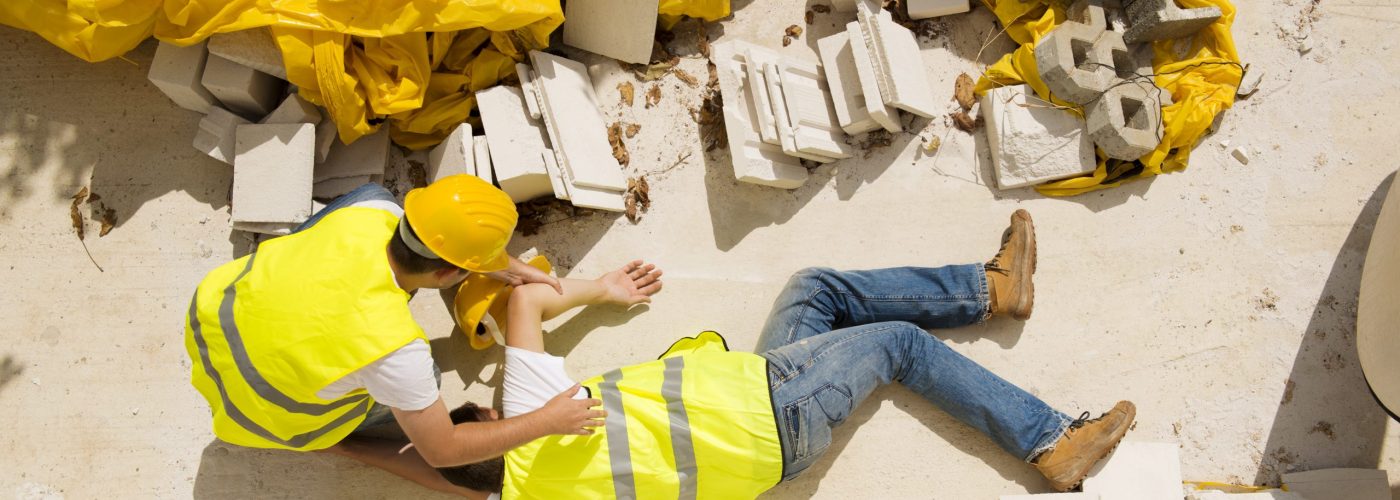Safety and health are two of the most important considerations that every employer should take into account. A safety culture is even more critical in the construction industry where hazardous conditions and risky situations are part of an employee’s everyday working environment.

But, other than that, why exactly is workplace safety crucial on a construction site?
1. It’s the Law
Why do you need to implement a safety protocol? National labor laws say you should. Even if accidents don’t happen, an unsafe construction workplace is still a risk. OSHA and other regulatory agencies expect strict and specific standards of safety—both on state and federal levels.
If you don’t adhere to these requirements and regulations, it could lead to penalties and fines that can cause operation problems, or worse shutting your business down.
So, to prevent such a headache, make sure to check your specific state laws regarding workplace safety and consider using a safety software to easily monitor worker safety and comply with these labor laws.
2. Protects the Public
More often than not, construction sites are located in busy areas where numerous people may come and go.
An inadequate safety protocol in a construction site can pose risks the public such as falling objects or debris. Without safety practices in place, curious bystanders, more particularly kids, might slip inside the site and cause an accident.
So, by implementing safety and health protocols on your construction sites, you can prevent putting people who are not even connected to the project at risk.
3. Construction Accidents Really Happen
Statistics revealed that out of every 5,000 private-industry worker fatalities, 20% are in the construction sector. This means that 1 out of every 5 worker deaths is construction-related. In 2018 alone, construction workers accounted for 47% or 1008 of all fatal work injuries.
Not only that, but the construction sector also produces the most non-fatal injuries, costing companies millions of dollars annually. 1 in every 10 construction workers is injured yearly. A study also revealed that the construction industry’s non-fatal injury rates are up to 71 percent higher than other industries.
Because serious injuries or even fatality is a risk when a construction worker works on the road, climbs a ladder, or operates heavy equipment, safety is crucial. Employers and all workers on a construction site must implement and follow strict safety protocols to prevent cases of accidents and deaths.
4. Reduces Unnecessary Costs and Time
When an accident happens, you also lose money and time. An injury to your worker or even a death can cause the project to stop. Depending on the severity of the accident, you might also need to conduct an investigation. And work can’t continue while the investigation is underway.
Injured workers also mean fewer workers to continue the work, significantly decreasing efficiency and productivity for the day. In addition, accidents can also increase the overall cost of your construction project. Compensation claims for injuries and deaths can drive up your operating costs. Now, if the person injured is actually not part of the construction team, let’s say an individual who happens to pass by, a lawsuit may occur.
In addition, accidents may also cause damages to your supplies or equipment. You’ll need these repaired or replaced, further increasing your cost.
If you keep your construction site safe and secure, you can limit these risks, allowing you to finish your project on time while sticking to the budget.
5. Good for Your Brand’s Image
Business image is everything. How clients view your premises and construction sites can determine your chance of winning your next job contract.
Safety protocols in a construction site are easily visible to discerning eyes. How your worksite, factory, or office looks reflects how you care about your people and your competence in what you do.
No client wants to associate with a risky business that only cares about the next big contract or promises quickly-accomplished projects without prioritizing workers and public safety.
6. Employer’s Moral Obligation
Above all things, enforcing safety protocols in place is every employer’s moral obligation. Those working at your construction site or facility have families, loved ones, and lives outside of being your employee. And their health and safety shouldn’t be compromised for the paycheck you give them once or twice a month.
It’s crucial that you prioritize and implement strict safety measures and ensure that your workers can return home safely every single day.
Conclusion
It’s time for you to take a closer look at your worksite and check if you are indeed implementing safety protocols. Protect your workers, the public, and your company so no one will be at risk and you’ll gain respect from the people that surrounds you.





